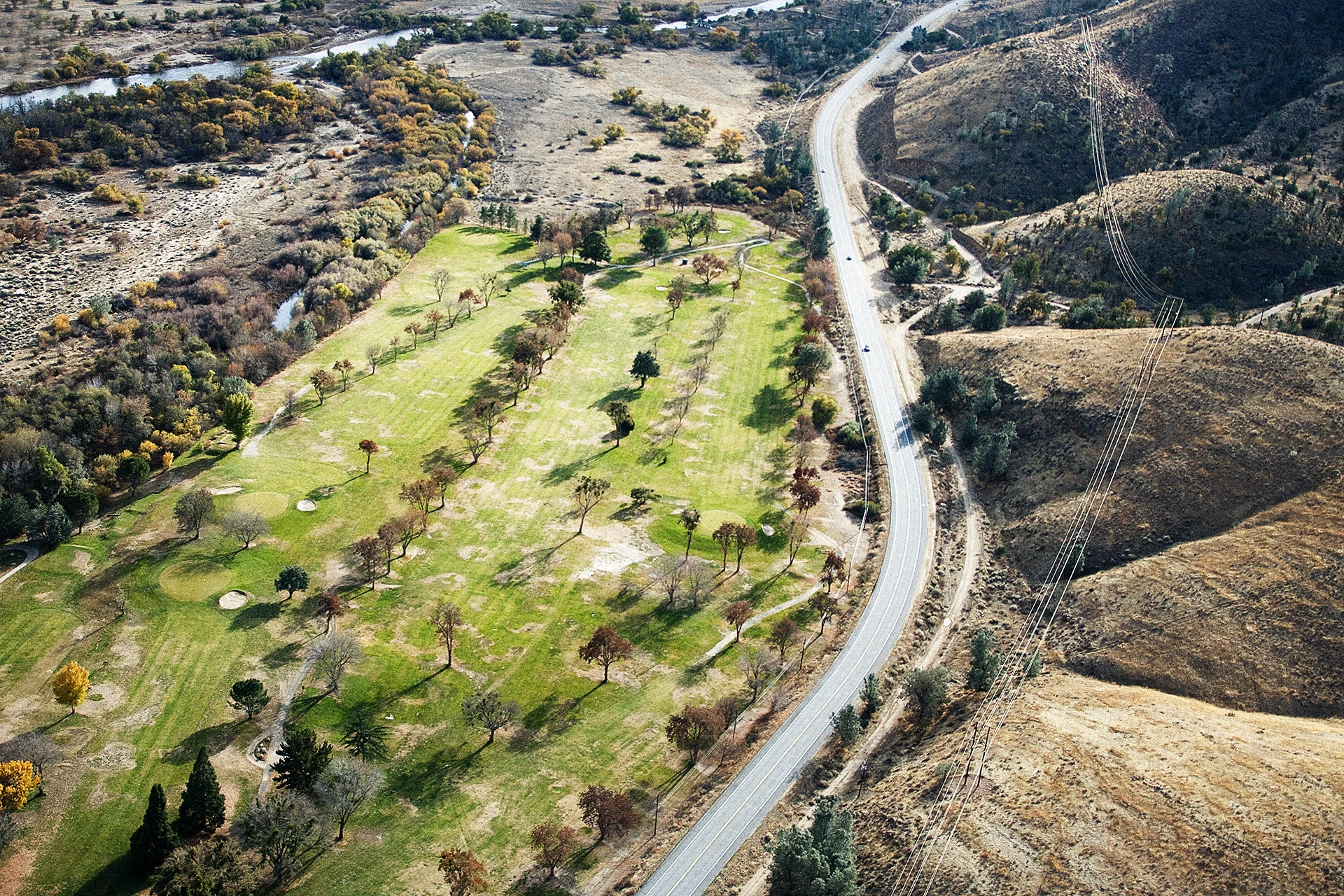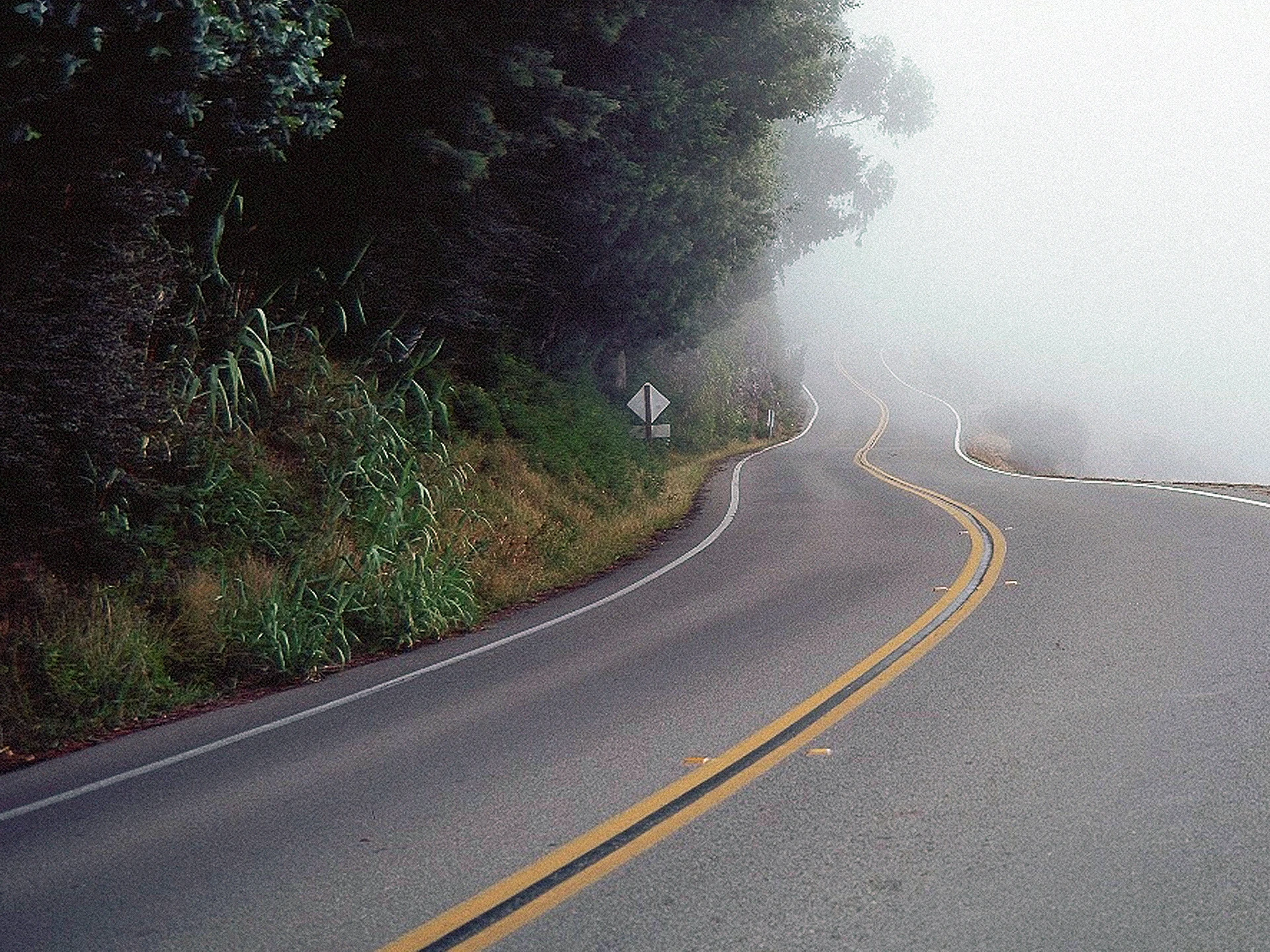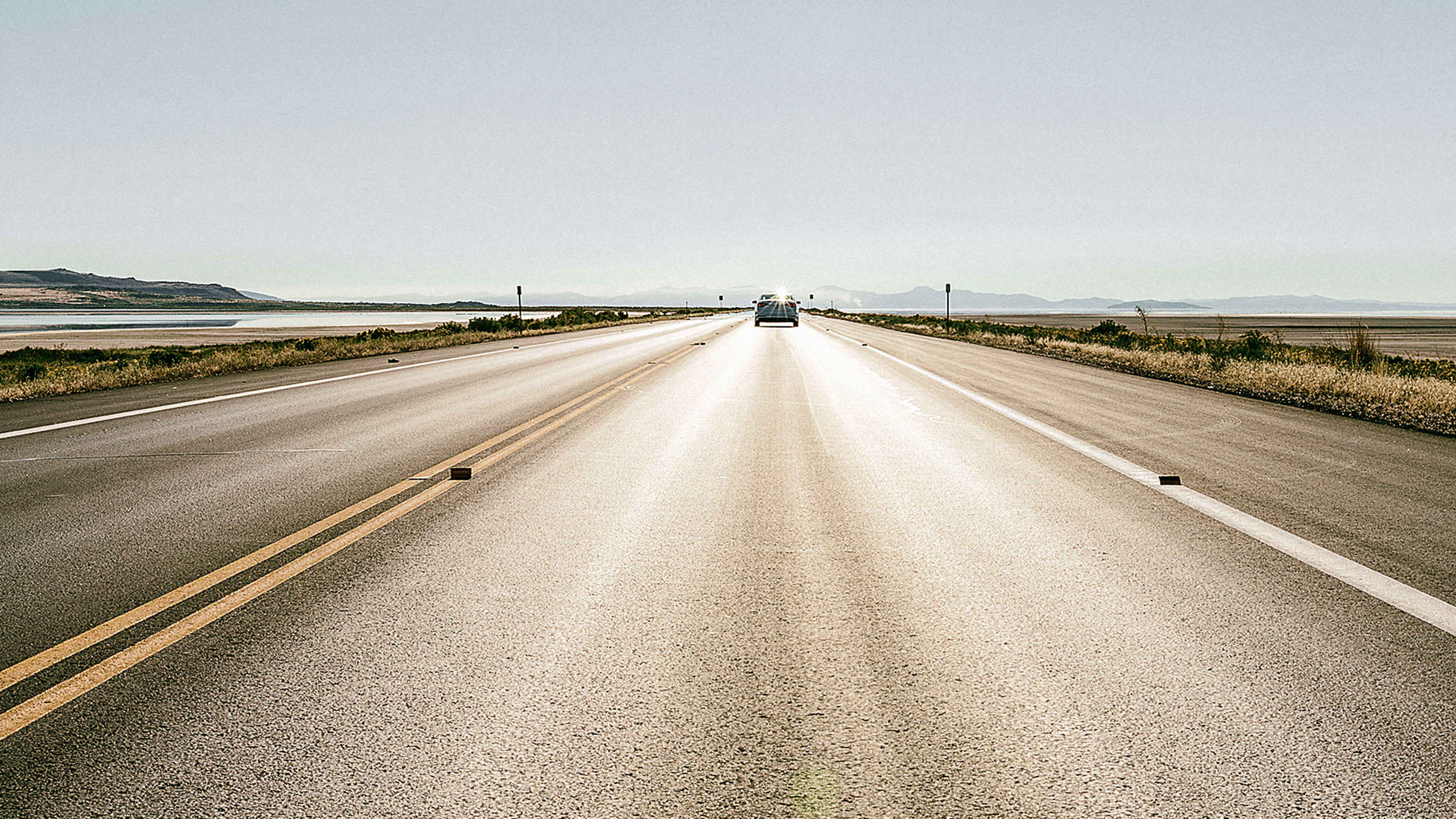There are 223,000 miles of heavily trafficked roads in the United States. They slice through landscapes, connecting communities and economies, but also bisecting and contaminating nature. Transportation accounts for more than 25% of total U.S. emissions, and busy roads can produce up to five times the levels of pollutants (copper, zinc, chloride, nitrogen, and phosphorus) than rural roads. In short, roads are energy-intensive, dirty structures—but we can’t live without them.
While scientists are working on cleaning up our cars so that they pollute less, it’s also time to focus on what the cars are driving on. That’s what’s happening on a 16-mile stretch of Georgia’s Interstate 85 in Troup County, about halfway between Atlanta and Montgomery, Alabama. Founded in 2014 with seed money from the Ray C. Anderson Foundation, which promotes sustainable societies, the Ray—as the highway is nicknamed—is trying to be the world’s first sustainable highway.

“We’re asking how can we better design highways,” says Allie Kelly, the Ray’s executive director. “Not just to be less degrading to the environment but to improve the environment, as well as safety, beauty, logistics, and efficiency.”
The project’s vision is to fully rethink the road: Keep the thoroughfare’s vital components—asphalt, right-of-ways, billboards, fueling stations, and medians—but improve them with cutting-edge technologies, such as solar sound barriers, to make the corridor more intelligent and interactive.
Ray Anderson is often called the “greenest CEO in America” for his effort to make Interface, his billion-dollar carpet company, sustainable. Inspired by Paul Hawken’s book The Ecology of Commerce, Anderson reimagined the very fiber of his business, a company he himself called “so oil-intensive you could think of it as an extension of the petrochemical industry.” After his conversion moment, he changed the company’s direction: making carpets from 100% recycled or renewable materials and ending the company’s dependence on oil. The rest of his days were spent advocating for restorative enterprises.
Anderson died in 2011, and a few years later the Georgia legislature honored him by naming a section of I-85 after him. Harriet Langford and Mary Anne Lanier, daughters of Anderson and trustees of the Ray C. Anderson Foundation, were both thrilled and unsettled when notified about the highway’s new name. How could a four-lane dirty road represent their father’s life’s work?
“Just knowing Ray and his legacy, I had a strong conviction in my heart that he would say, “Go do something good with it,'” says Langford.

What began as a simple idea of beautifying the Ray with wildflowers has grown into a state-of-the-art plan. The foundation helped produce a study with the Georgia Conservancy and the Georgia Institute of Technology that provided an initial dive into how the Ray could become a living laboratory for greener options.
The outcome? A list of possible projects. One involves growing biofuels on the right-of-way. Another is a wildlife tunnel or bridge to reduce animal mortality. Others include billboards that pull pollution from the air and an hog-poop asphalt binder (a less expensive, nonpetroleum-based product that needs be disposed of anyway).
Currently, the Ray is as dirty as any other highway. Three hundred and eighteen tons of exhaust is emitted annually along the 16-mile stretch. The surrounding county’s water quality rating is 60 out of 100, which is close to failing. Sound pollution exceeds 70 decibels, a level associated with increased heart disease, and there are 130 vehicle collisions with deer each year. Though sobering, these statistics serve as a baseline for measuring improvements.
“There’s innovation going on like buckshot,” says Kelly. “There is a better way to build and operate our roads, and Ray’s legacy can attract that technology and contribute to this narrative.”
The last major innovation for interstates occurred about 60 years ago when President Eisenhower signed the Federal Aid Highway Act of 1956, paving the way for federal highways. Since then, transportation has had a complete makeover. Vehicle efficiency improved. New types of fuel and energy sources power people from point A to point B. Soon, computers will drive our cars. Highways on the other hand remain mostly unchanged.
This past October, Kia Motors Manufacturing, one of many international corporations along this short stretch of road, provided about $40,000 for the construction of a free solar-powered electric vehicle charging station. The station is capable of providing 80% or more battery charge in less than 45 minutes. It’ll be put to quick use in a state that ranks second in the country for EVs. It’s the Ray’s first piece of new technology.

In the first part of 2016, Georgia’s Department of Transportation (GDOT) will sponsor the planting of five acres of native grasses and wildflowers to create a bioswale effect to filter surface runoff to improve water quality. It’s a tiny demonstration of the GDOT’s full support of the project. None of the road’s bells and whistles could occur without the agency’s approval.
Companies have clustered along the Ray because land is cheap. Hartsfield-Jackson Atlanta International Airport lies about an hour north, a major rail line runs parallel to I-85, and the Troupe County government has been wooing manufacturers for years. So there is ample opportunity for the organization to tap into the technology—and deep pockets—of the highway’s corporate neighbors, which include Caterpillar, Coca-Cola, Walmart, and Kimberly-Clark.
The Ray is not alone in paving the way for the future highway. However, it’s the only U.S. project that focuses on improving the environment as well as safety and congestion. The Michigan DOT recently installed sensors and cameras that collect information on the location, speed, and driving patterns of vehicles to improve traffic and avoid weather hazards. The 2.2-mile test track named the Virginia Smart Road has lighting and weather system controls, among other things. The Bay Area’s highway utilizes signs and sensors to reduce traffic accidents and improve traffic flow.
But one has to look to the Netherlands to find a highway design that considers the environment. Studio Roosegaarde developed bioluminescent road stripping that replaces streetlights. They’re also working on electric vehicle charging lanes, and road paint that alerts drivers to weather conditions. It’s the only other project asking similar questions.
At this point, many of the next steps needed to completely retrofit the entire 16-mile corridor remain unknown. The total cost hasn’t been tallied. Neither has the mitigation potential of each technology. Even if all the necessary funding and partnerships align for the Ray, the biggest challenge ahead is shifting the direction of a 60-year-old industry where safety is the first priority, cost the close second, and sustainability nowhere on the list.
“The face of transportation is changing rapidly, and it has forced a larger conversation about the role of the system and how it will affect people and the environment,” says Robert Puentes of Brookings Institution’s Metropolitan Policy Program. “Making the case broadly is not hard on hearts—it’s the process that will be the hard.”
Recognize your brand’s excellence by applying to this year’s Brands That Matter Awards before the early-rate deadline, May 3.
